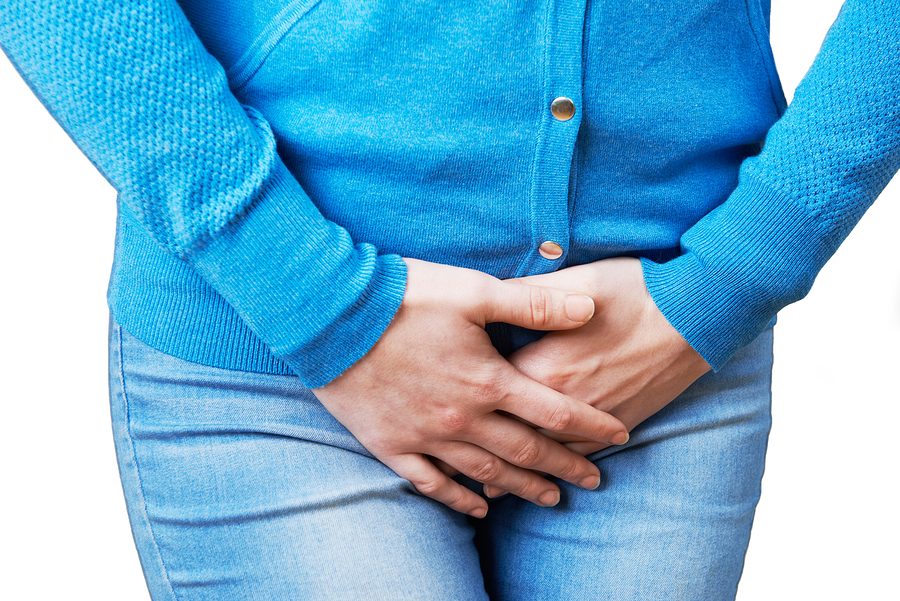More than 13 million people in the United States, male and female, young and old, experience incontinence. 50% or more of elderly people are incontinent. Women are 2x as likely as men to experience incontinence due to women’s health, childbirth, etc. Incontinence affects quality of life and causes dignity issues among those who experience this.
The good news is that most types of incontinence are treatable and improvements to quality of life through decreased incontinent episodes, or better management of episodes is possible.
There are several different types of incontinence, with different etiologies and different courses of treatment recommended for each.
Types of Incontinence include:
Urge Incontinence: this is caused by a sudden, involuntary contraction- “have to go now”. Usually large amounts of urine.
Stress Incontinence: this is caused by an increase in abdominal pressure during exercise, sneezing, or coughing. Usually small amount of urine, “leaking”.
Mixed Incontinence: this is caused by a combination of Urge and Stress
Overflow Incontinence: this is caused by an over-distention of the bladder, “dribbling”, urge or stress patterns of loss.
Functional Incontinence: this is caused by impaired mobility, dementia, communication deficits, or limited access to facilities. (Inability or unwillingness to get to the bathroom)
Some possible treatments for incontinence include Pelvic Muscle Rehab, (Pelvic Floor Exercises, Kegel Exercises, Electrical Stimulation of the Pelvic Floor Muscles to provide biofeedback), behavior modifications and compensatory strategies. Behavior modifications may include toileting programs or a voiding schedule- “void to avoid” incontinence, bladder retraining (using strategies and muscles to delay voiding and increase person’s ability to “hold it”). Occupational and Physical therapists can also target strengthening and coordination tasks/exercises to increase ability to transfer, increase mobility, and increase ability to manage clothing during toileting. Environmental modifications should also be considered in order to decrease incontinent episodes.
A review of medications and dietary habits should also be completed to determine if any medications are known to increase incontinent episodes, and to avoid foods/liquids that are known bladder irritants.
Risk factors associated with Incontinence include increased risk of falls, increased UTI’s, skin breakdown, loss of self-esteem, decreased sense of well-being and independence, decreased social engagement and depression and guilt.


Comments (0)